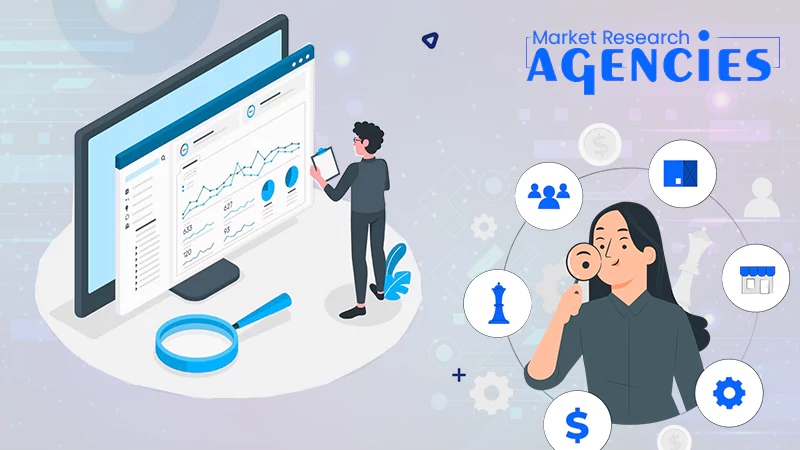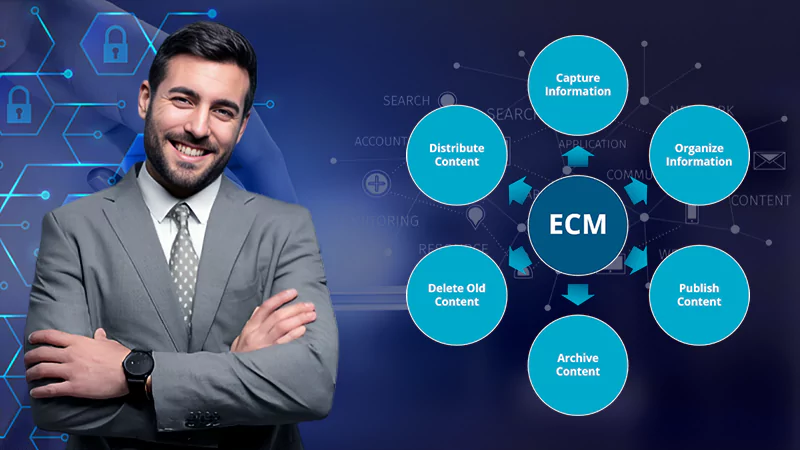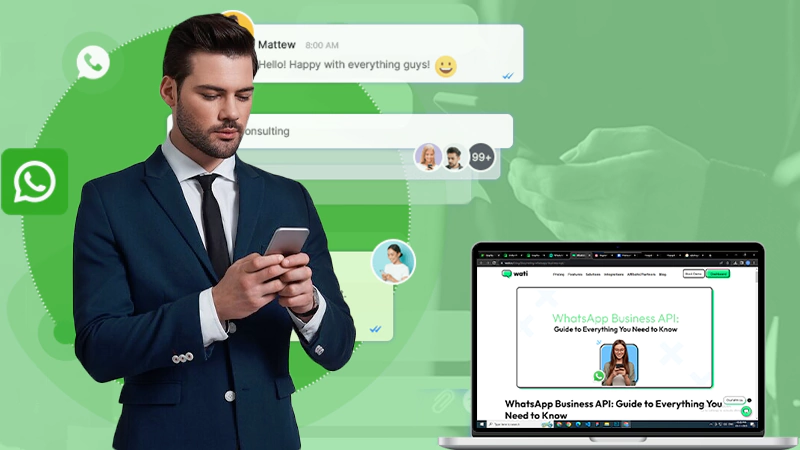Tech Might Be the Only Way Small Businesses Can Recover from COVID-19
The world has been shaken bt COVID-19, but many fear that its impact on small businesses will be far more significant than on other areas of the economy. Reports from consultants and governments reveal that there might only be one way out for small businesses as they try to recover from the pandemic’s damage: technology.
Pre-Existing Vulnerabilities
COVID-19 has slammed pressure onto small businesses, but most had grave pre-existing vulnerabilities. A McKinsey financial pulse survey revealed that even before COVID-19, almost 33% of US small businesses were operating at a loss or just breaking even, with average margins of below 5% for small retailers and 10% for those selling discretionary items. These pre-existing vulnerabilities are partly the reason for the especially hard-hitting impacts of COVID-19 on small business.
To add to these pre-existing vulnerabilities, businesses are now facing costs related to COVID-19 that they will have to pay if they want to open and start making money again. Depending on the business, these costs can be significant.
Tech as a Solution
The COVID-19 pandemic has been responsible for a mammoth increase in employee anxiety, so costs associated with unhappy and stressed employees in a business that doesn’t have much face-to-face contact (e.g., the tertiary sector) can cripple small businesses that rely on their employees to turn a profit. The stress from COVID-19 can cause workers to experience more illness and less productivity, which can push businesses that have small margins. Using tech to monitor the employee experience, such as employee surveying and data analytics à la inpulse.com is vital for people-dependent small businesses that need to manage their employee stress levels as they recover from COVID-19 business impairment.
There are now very serious hygiene and safety expectations that businesses have to meet, with one overriding requirement that digital solutions completely facilitate: contact-free customer experiences. For example, restaurants that have been the least impacted tended to quickly adopt digital capabilities like QR code menus, first-party applications, flexible digital supply-chain management and digital savviness that increase delivery and takeout demand.
Retail-focused small businesses have had the pandemic come at the best time in history, as it is more possible and affordable than ever to open up a website and sell online. This requires some form of digital literacy or digital common sense, which doesn’t come naturally to some segments of the retail business population. Websites can be built with very little technical experience and local digital or paper-based marketing isn’t too expensive if the business targets a small locality.
Software-as-a-Service tools make these changes easier and cheaper than ever, though for small businesses who were already over-leveraged with debt they might not be able to afford anything but the simplest solutions (e.g., eBay), which might not be suitable for some customer segments who are used to high-quality services from giants like Amazon.
Small businesses are likely to be the least technologically enabled in the modern business landscape, so those who use technology to work through the pandemic are also poised to be stronger businesses after the pandemic where everything is back to normal. Their newfound tech will give them great local competitive advantage.
Follow Us
Latest Post















